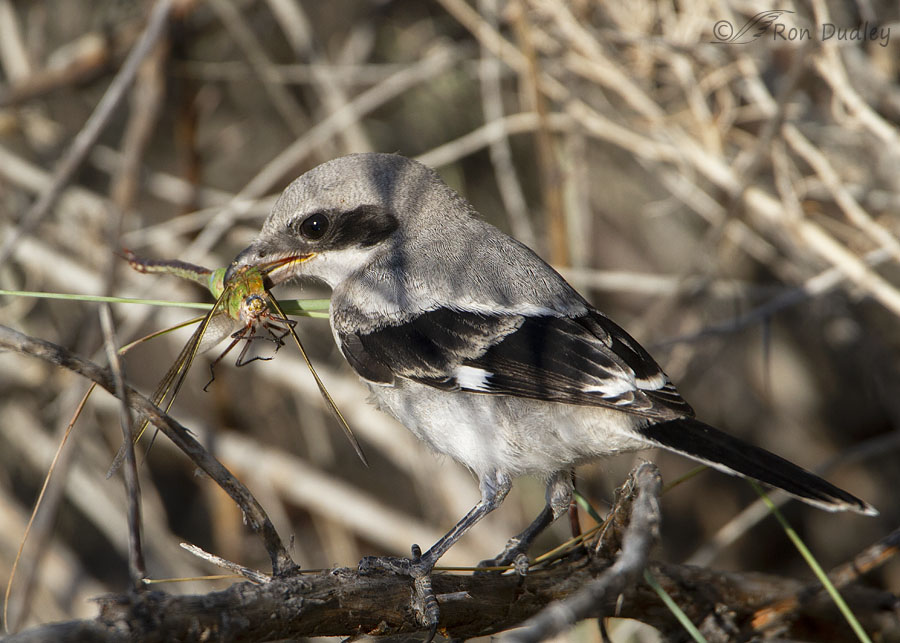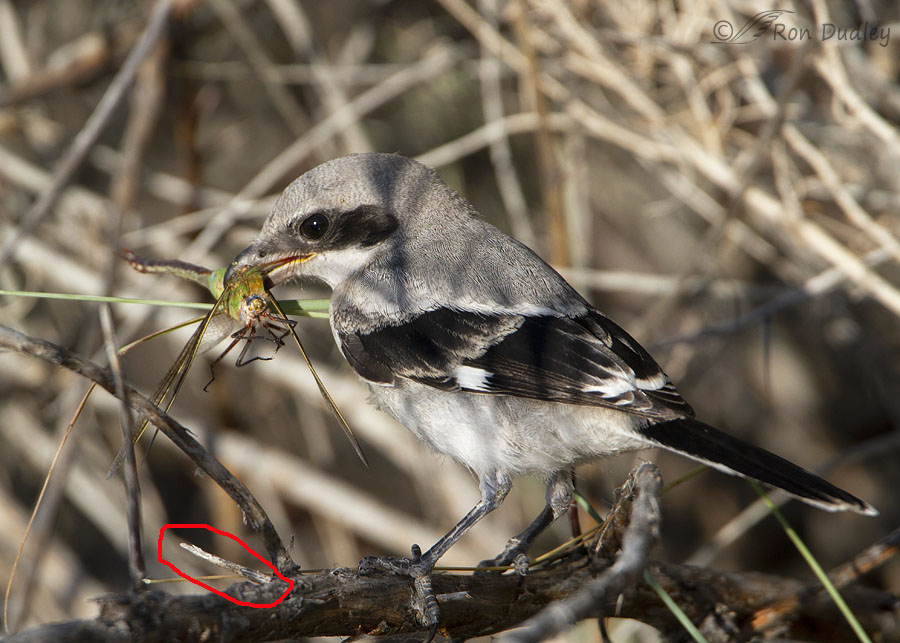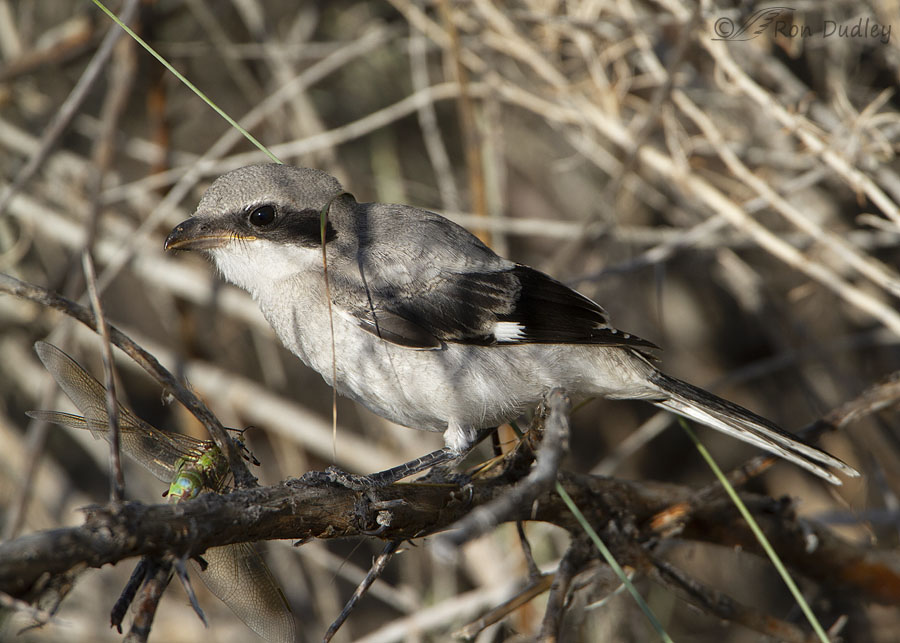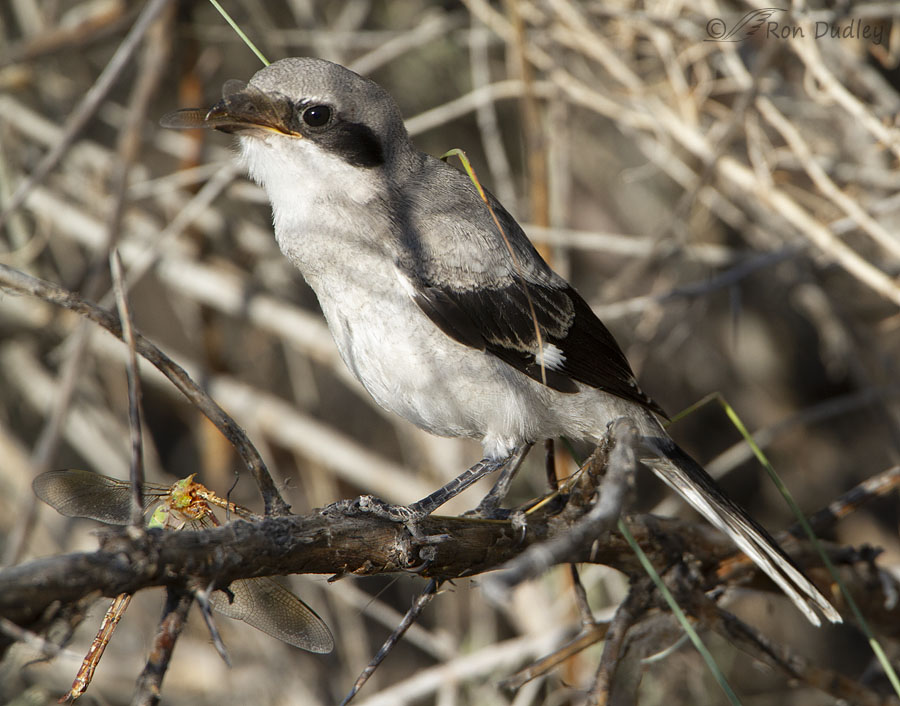I finally got my act together.
Months ago I had to take my primary backup computer into the shop for repair. A portable hard drive attached to that computer is where I’ve stored the bulk of all of my older photos that I’ve taken over the last dozen years or so. But before I took it in, lacking due diligence I didn’t record which of my five portable hard drives had been attached to that computer or which of its six USB ports I had it plugged into.
When I got that computer back I didn’t know which portable hard drive to plug into which USB port, so the drive paths “remembered” by my photo organizer didn’t work. I kept trying different options/combinations and none of them worked, so I couldn’t search that computer to find any of my older photos.
But finally last night I plugged the right portable drive into the right USB port and voila – everything worked and I was delighted. So in celebration, today I’m posting some of the earliest photos I “re-found” last night that were taken over 13 years ago, on July 3, 2010. I’ve posted photos of this bird before but these three are new to my blog.

1/1250, f/6.3, ISO 500, Canon 7D, Canon EF500mm f/4L IS USM + 1.4 tc, not baited, set up or called in
I took dozens of photos of this young Loggerhead Shrike buried in the bushes as ‘he’ tried to figure out how to impale his dragonfly prey on a sharp twig at lower left. He was obviously inexperienced, so he was having a tough time of it. He repeatedly tried to impale the dragonfly and failed.

In this version of the same photo I’ve drawn a red line around his chosen ‘thorn’.
Shrikes instinctively impale their prey for two primary reasons:
- for food storage, often in thickets where the item is hidden from potential food thieves.
- to give them leverage for tearing off bits of the food prior to swallowing. Shrikes have strong hooked beaks but their legs and feet are weak, so the leverage is sorely needed.

1/1250, f/6.3, ISO 500, Canon 7D, Canon EF500mm f/4L IS USM + 1.4 tc, not baited, set up or called in
After many clumsy tries, he finally got the dragonfly impaled on the twig/thorn. He looks pretty proud of himself, despite the grass drooping over his neck that robs him of some of his dignity.

1/1000, f/6.3, ISO 500, Canon 7D, Canon EF500mm f/4L IS USM + 1.4 tc, not baited, set up or called in
And then he began tearing off bits of the dragonfly and swallowing them (without using his feet of course). Here he’s swallowing the head of the dragonfly and one of its two pairs of wings. All we see is the wings sticking out.
I can’t tell you how relieved I am to finally be able to search for older photos again. In recent months I’ve had to turn down (or ignore) about a dozen image requests because I knew I wouldn’t be able to find the photos. Now that pressure is gone.
Ron


Fantastic shots Ron! I’m happy you found them as well.
Sensational series, thanks for sharing!
Charlotte Norton
Thanks, Charlotte.
Sounds like you had to practice “impaling” those USB ports. So glad you got everything sorted and can share this delightful series with us all. Loggerhead Shrikes look so cute, roly-poly, and adorable — as opposed to the vicious little dinosaurs they really are.
So glad you got everything sorted and can share this delightful series with us all. Loggerhead Shrikes look so cute, roly-poly, and adorable — as opposed to the vicious little dinosaurs they really are.
Looking forward to more from the archives in the coming weeks. Looking for birds in your files might become almost as fun as looking for them out in the wild.

“Looking for birds in your files might become almost as fun as looking for them out in the wild”
You may be right, Marty. It’ll be such a refreshing change from my frustrations before.
I am soooo glad that you were able to solve that conundrum. What a skill for the shrike to have to learn…
The chemically noxious twist was new to me. Much later than the shrike I continue to learn.
Thank you.
Thanks, EC. Birds have all kinds of “twists” that we still don’t have a clue about.
Dang computers. Happy you got it sorted out.
Have not seen these before. Thank you for sharing.
Like the Shrikes. To me they are the nearest thing to a hawk.
“To me they are the nearest thing to a hawk”
They’re pretty darn close in a lot of ways, Michael. ‘Cept those darn feet…
Hard-won successes for both you and little Loggerhead! Dragonfly, not so much. But wonderful photos, anyway.
Thanks, Chris.
Terrific shots Ron. You might already know how much I like shrikes so you won’t be surprised how much I envy this set.
I’n assuming your computers are Windows boxes. Your discovery that you need to keep track of which drive is using which port is something I’ve never experienced or even heard of in the Mac world.
Thanks, Richard. I remember how much you like shrikes. If I remember correctly your vanity plate reads SHRIKE.
Yes, Windows. See my response to Melanie Wells below regarding ports.
Indeed. That was my vanity plate so long ago in NJ, and is my vanity plate here in AZ as well.
Definitely a treasure rediscovered! I remember another of your posts documenting the impaling of prey, but this bit about the “poison control” (thanks, Sallie) is so interesting. Are the insects dead by the time they are being impaled, or was this youngster also having to deal with squirming as he was trying to get it onto the twig?
Thanks, Carolyn. The dragonfly was already dead, as has been the case every time I’ve seen the impaling behavior.
Great capture, I don’t see as many shrikes and they are more cautious than past and fly away before I can get close.
Now you have a project for the rainy days, looking back on old images.
Thanks, April. “Rainy days”, soon to become snowy days.
Wonderful photo. I’m wondering what changes you notice in settings you used 13 years ago compared to present, given the changes that have occurred in your camera, post-processing software available, knowledge, experience, and how you set up your camera. Perhaps someday you could do a “Then and Now” comparison.
Kent, the major change in my settings from back then to now is my choice of ISO and shutter speed. With newer cameras I’m not so concerned about noise so I’m more likely to opt for higher ISO’s to get higher shutter speeds. I’m really a fan of fast shutter speeds.
Same for me. I remember my first digital camera, a Nikon D70, that I had to keep the ISO way down to 200 to avoid excessive noise. With each upgrade (D200, D300, D7200) I found I could use higher ISO values and set ISO 800 as my default value with little concern.
When I started using Nikon 1 cameras (Nikon’s original interchangeable lens mirrorless system) with its tiny sensor noise became a problem again.
But that is no longer an issue as I’ve been introduced to DxO PhotoLab Elite software which has a wonderful feature called Deep Prime. I use it as a front end process on all my raw files to clean up the noise and then pass on the results to photoshop. It lets me shoot up to ISO 3200 without a care, and even ISO 6400 if needed.
So if you find noise to be a problem with anything you’ve shot at high ISO you can deal with it using Deep Prime.
That is real helpful to know — I have been slowly migrating that way too. Gotta shake off the old habits of avoiding noise – leftover from days of shooting with Kodachrome 25 ISO film whenever possible and in low-light pinches loading up with 400 speed film. Nowadays 400 seems really slow!
Congratulations on these wonderful photos and on your success of finding which plug goes into which port! I never would have guessed that the port mattered. I would imagine that you were delighted the day you captured this young Loggerhead. And again when the pics were relocated. We, your followers and fans, are the beneficiaries!
Melanie, maybe the port didn’t matter. Maybe the drive retains its designated drive letter no matter what port it’s plugged into. I dunno. If that’s the case, once I got the computer home I didn’t try the “correct” drive on that computer until last night.
So glad you found this. Great post!
Thanks, Ann.
I apologize Ron for getting off subject but I was wondering if you were giving away any of that amaranth seed you have in your backyard this year
Steven, I didn’t save any seed this year and I kinda doubt there’s any of them left in the seed heads. But I’ll look and I might still have some from last year. If I have any, I’ll let you know.
New to me, the poison control! Wonder if it’s smell or the taste of the critter when the bird grabs it that is the alarm bell. Wonder how they knew to wait 2 – days. Oh, that’s right, their mammas told them!
The enigma of learning versus instinct. Where does one end and the other begin…
Glad you sorted it out! Sounds like something I’d do being “sure” I’d remember – HA!
Fun series – always a learning curve for the young – a lot of what we think is instinctual really isn’t! Know they need to do it but the “how” is another matter! Interesting on impaling to degrade poison’s – that must be a hard wired thing?
“that must be a hard wired thing?”
I’m pretty sure it is, Judy. Thanks.
You’re definitely a “techie” within MY tech-challenged frame of
reference–and I admire how much you know and can teach
about the natural world while still being able to navigate the
tech part……You and the little shrike are similarly determined and
ultimately–successful !
Kris, I have a friend who’s a true techie and she gives me a lot of help. Help that’s needed, believe me.
Great series. Curious about the evolution of weak feet and tool usage.
Brett, shrikes are often called “wannabe raptors” because of their raptor-like predatory habits combined with their weak legs and feet.
Now in addition to all your other talents you have become a techie.
These are excellent photos. I don’t think I have ever seen close up photos of Shrikes with prey. Also an education post for me because I was not aware that they impaled their prey.
Ha, I’m far from a techie, Everett. If I were it wouldn’t have taken me months to figure it out. And I’d have written down which portable hard drive it was and which USB port it was plugged into.
These are wonderful shots, and as usual I learned something about bird behavior that I would never have known but for you!!!
Good to know, Sue. And thanks for the (privately sent) usage suggestion!
What a great series (and hallelujah for getting ‘reconnected’). It was fun seeing the young bird learning how to ‘connect’ his tidbit to that branch. I’ve seen beetles impaled on barbed wire, but never a tidbit on a twig. I’d always thought of the practice as solely storage, so learning that it sometimes helps to provide leverage was interesting.
Thank you, Shoreacres. Here’s another reason shrikes impale prey, from Cornell:
“Regularly impales chemically noxious prey (e.g., monarch butterfly [Danaus gilippus], eastern narrow-mouthed toad [Gastrophyne carolinensis]) for periods of ≤3 d, consuming them afterward, presumably after poisons have degraded. In addition, regularly impales lubber grasshoppers (Romalea guttata) in peninsular Florida for 1–2 d, and then feeds on head and abdomen, discarding thorax which contains poison glands.”